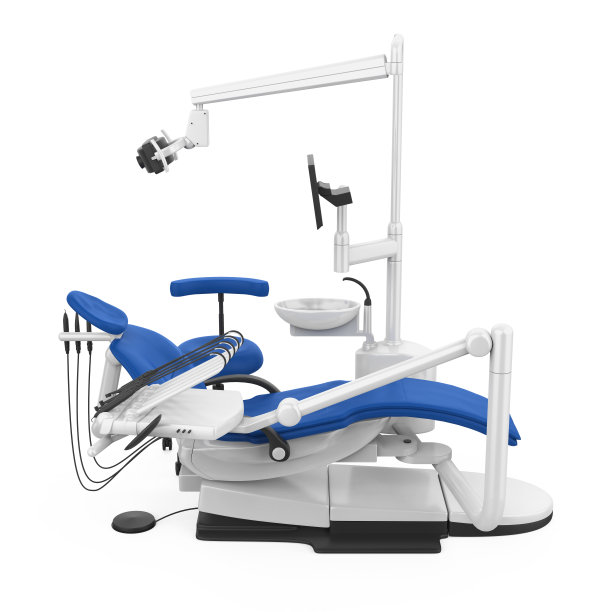Essential Precautions to Ensure Safe and Effective Root Canal Treatment for Optimal Oral Health and Recovery
Summary: Root canal treatment is a crucial dental procedure aimed at preserving a tooth that has become infected or decayed. Ensuring a safe and effective root canal experience is paramount for optimal oral health and recovery. This article outlines essential precautions necessary before, during, and after the treatment process. Cautionary measures include proper diagnostic assessments, the use of appropriate techniques and technologies, effective pain management, and adhering to post-procedural care. By understanding and implementing these precautions, patients can significantly enhance their chances of a successful treatment and maintain their oral health.
1. Proper Diagnostic Assessments Are Critical

Before undergoing a root canal, the dentist must conduct thorough diagnostic assessments. This typically begins with a comprehensive dental examination and the collection of a detailed medical history. Understanding the patients previous dental issues aids the practitioner in formulating an effective treatment plan.
X-rays play a key role in diagnosing the extent of infection or damage. They provide a visual representation of the tooths internal structures, ensuring the dentist is fully informed. This diagnostic tool helps identify surrounding bone health and any complications that may affect the treatment.
Also, an accurate diagnosis of the tooths condition leads to better treatment outcomes. If the disease is not properly identified, complications may arise during or after the procedure. Therefore, investing time in a detailed evaluation is essential for a safe root canal treatment.
2. Utilizing Appropriate Techniques and Technologies
The success of root canal treatment heavily relies on the techniques and technologies used during the procedure. Modern dental practices employ advanced tools such as rotary endodontic instruments and microscopic vision to enhance accuracy and efficiency. These instruments allow for a thorough cleaning of the root canals, which is crucial for eliminating any infections.
Moreover, employing the latest technology, such as 3D imaging, provides a more detailed view of the tooth and surrounding structures. This leads to better planning of the treatment and minimizes the risk of overlooking hidden canals, which could complicate the procedure.
Ensuring that the dental facility operates with high standards of hygiene and uses sterilized equipment is vital for preventing post-treatment infections. The technicians expertise, coupled with state-of-the-art technology, creates an environment conducive to successful treatment and recovery.
3. Effective Pain Management Strategies
One of the primary concerns for patients undergoing root canal treatment is pain management. Adequate anesthesia is crucial for ensuring that the patient feels comfortable throughout the procedure. Dentists typically use local anesthetics to numb the area surrounding the affected tooth, minimizing discomfort.
In addition to local anesthesia, some dental practices may offer sedation options for anxious patients. Sedation can alleviate fear and anxiety, making the experience more tolerable. It is essential for the dentist to assess the patient’s level of anxiety and pain tolerance to provide the most suitable sedation method.
Post-operative pain management is equally important. Dentists often provide prescriptions for pain relief medications and guidelines on using over-the-counter options if necessary. Clear communication about what to expect can help patients manage discomfort efficiently after the procedure.
4. Adhering to Post-Procedural Care Instructions
The role of post-procedural care cannot be overstated in ensuring the longevity of the root canal treatment. After the procedure, patients should carefully follow the dentists post-treatment instructions. These may include recommendations about diet, activity levels, and maintaining oral hygiene.
Patients are advised to avoid hard or sticky foods for a set period to prevent damage to the treated tooth. Moreover, maintaining excellent oral hygiene practices, including regular brushing and flossing, is crucial for healing and preventing further dental issues.
A follow-up appointment is typically scheduled to monitor healing and determine if additional treatment, such as placing a crown, is necessary. Regular check-ups help maintain oral health and confirm the continued success of the root canal procedure.
Summary:
In conclusion, a successful root canal treatment hinges on several essential precautions that ensure both safety and effectiveness. Comprehensive diagnostic assessments, the use of modern techniques and technology, effective pain management, and diligent adherence to post-procedural care are fundamental in achieving optimal oral health and recovery.
When these practices are followed, patients are more likely to experience a successful treatment outcome, minimizing the chances of complications. Following dental care recommendations not only aids recovery but also emphasizes the importance of ongoing oral health.
This article is compiled by Vickong Dental and the content is for reference only



